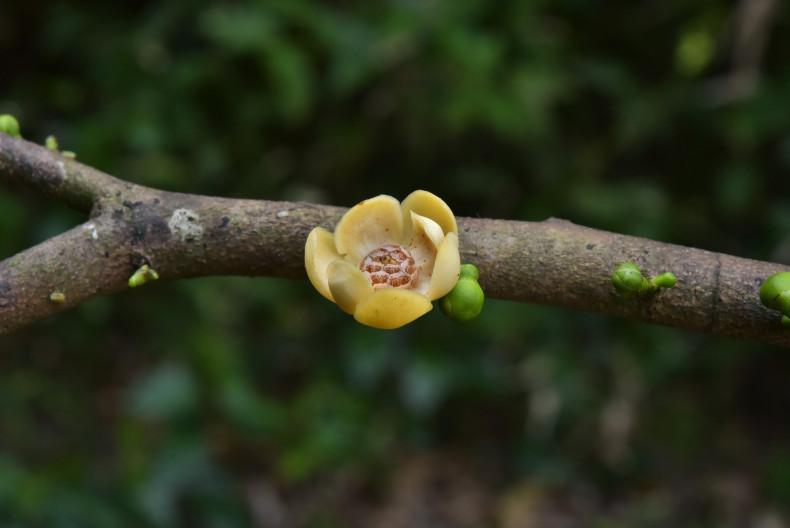Our Terms & Conditions | Our Privacy Policy
Bangkok Post – Scientists discover new tree species in Surat Thani
PUBLISHED : 2 Jun 2025 at 05:42
Small
Medium
Large

The Botanical Garden Organisation (BGO) announces the discovery of Tharathum (Sageraea multiovulata), a new species of tree in the ylang-ylang family (Annonaceae) found in Surat Thani. BGO
The Botanical Garden Organisation (BGO) has announced the discovery of Tharathum (Sageraea multiovulata), a new species of tree in the ylang-ylang family (Annonaceae) found in Surat Thani.
The discovery of Tharathum — a name combining thara (meaning “water” in Thai) and thum (“tree”) — was published in Volume 311 of the international journal Plant Systematics and Evolution on May 1. The research team is led by BGO taxonomist Chattida Wiya.
The team also included Tanawat Chaowasku from the Faculty of Science, Chiang Mai University; a doctorate student, Anissara Damthongdee; senior forestry technical officers from the Department of National Parks, Wildlife and Plant Conservation (DNP), Aroon Sinbumroong, Porntawat Chalermwong and Padungsak Suekaew; Sutee Duangjai from the Faculty of Forestry, Kasetsart University; and an agricultural extensionist from the Department of Agriculture Extension, Hathaichanok Jongsook.
Tharathum is also known as Kramok Nam and is locally referred to as Pi Tan.
Tharathum is a mid-sized tree with a maximum height of 18 metres, having inflorescences of flowers with cream to light yellow-coloured petals, the article says. It bears aggregate fruits with large clusters, which turn green when ripe and contain a large number of seeds. The name “multiovulata” indicates Tharathum has at least 19-20 ovules per ovary — higher than the number of 5-12 found in other plants in the same family.
Tharathum’s habitat is located on the Tapi River side in Surat Thani’s Khian Sa district, an area which is submerged for about six months each year.
The researchers assumed water helps the tree’s breeding process, as the fruit clusters turn ripe during the wet season in October and fall into the water afterwards. Water softens the fruit shell and eases the fruit’s decomposition.
The conservation status of Tharathum is provisionally assessed as critically endangered, as it has only been found in a single wetland area surrounded by oil palm and rubber plantations, said the article. Locals in Baan Bang Pra in the province are taking care of the Tharathum population.
Some of its sprouts were donated to the BGO by Jirawit Srichaikhan, an independent researcher on biodiversity, and are now being cultivated at the Queen Sirikit Botanic Garden in Chiang Mai.
[ad_1]
Images are for reference only.Images and contents gathered automatic from google or 3rd party sources.All rights on the images and contents are with their legal original owners.
[ad_2]



Comments are closed.